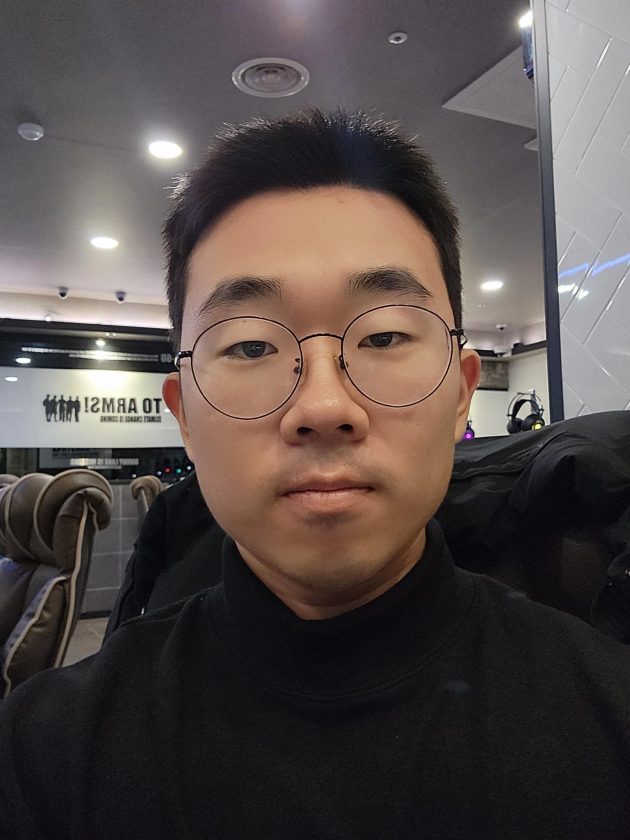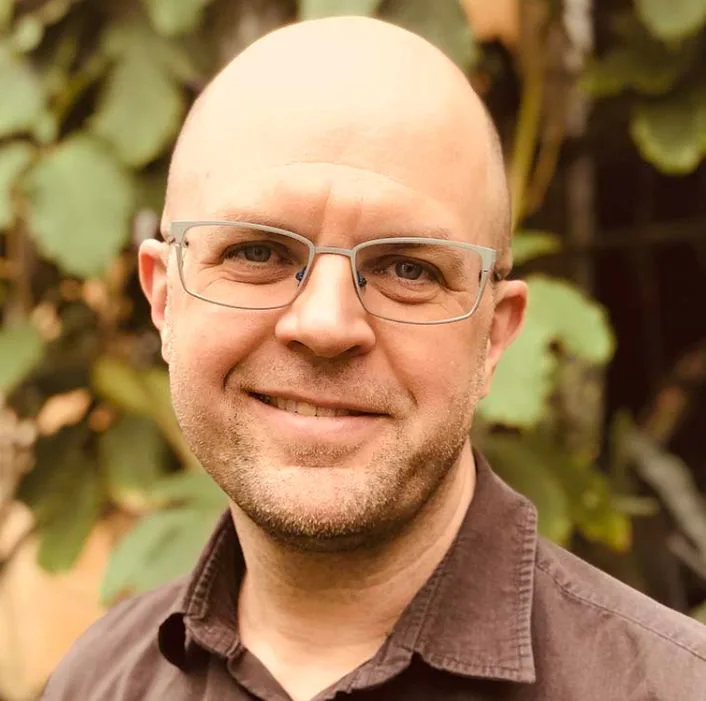
Meet Dr. Jay T. Lennon. Within the intricate tapestry of microbiology, a realm of microorganisms thrives, weaving the intricate threads of ecosystems, interactions, and even human health.
Dr. Lennon, a distinguished luminary in the field of microbial ecology, has passionately dedicated his career to unraveling the enigmatic world of these microscopic life forms. He emerges as an insightful figure who delves deep into the intricate relationships governing microbial communities.
Through his meticulous research, collaborative endeavors, and visionary outlook, Dr. Lennon not only reshapes our perception but also harnesses the profound potential of microorganisms within the dynamic tapestry of our ever-evolving world.
So, get ready to embark on a thrilling journey from algal ecology to genome-minimized cells, only to uncover the secrets of the microbial world, guided by the brilliance of Dr. Jay T. Lennon.
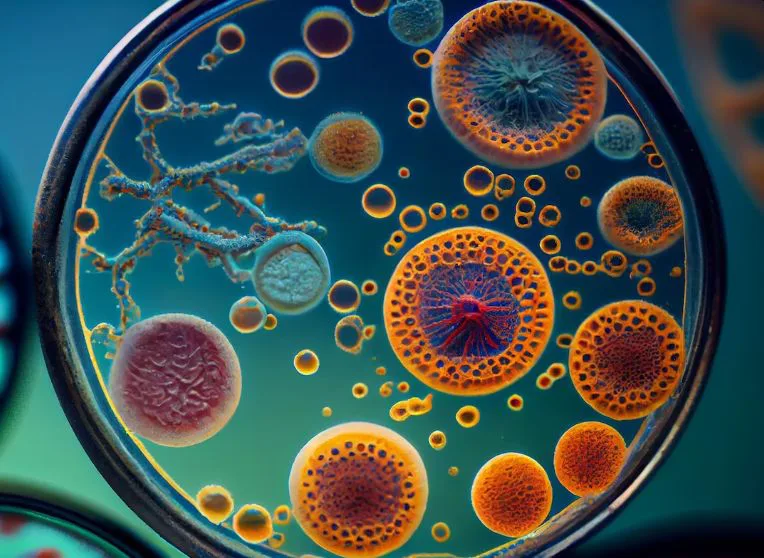
What initially sparked your interest in Microbiology, and what motivated you to pursue it as a career?
As an undergraduate, I had the opportunity to take a course in algal ecology at the Flathead Lake Biological station at the University of Montana. It was a fantastic place to live and explore for a summer when I was 20 years old, being exposed to big mountains and vistas, but I also got glimpse of the microbial world.
When I returned to Syracuse, NY, I discovered that there was a laboratory on campus that worked on toxic, nitrogen-fixing cyanobacteria. I volunteered with making media and learned how to maintain cultures.
After that, I found myself doing a Master’s degree, not on microbes, but on larger (1 mm) planktonic organisms (Daphnia) that live in freshwater lakes and reservoirs.
While I learned a lot about the process of science, I was attracted to the study of microorganisms, specifically bacteria. I started my Ph.D. at Dartmouth College, where I became very interested in a phenomenon: many of the lakes that I was studying in New England were net heterotrophic.
This means that they were respiring more carbon (as CO2) than they were taking up via photosynthesis. This apparent violation of mass balance can be resolved if microbes consume organic carbon that is being imported from the surrounding watershed (forests, wetlands, etc). It was around this time that I knew I wanted to open the proverbial “black box” of microbial biology to find out more about the diversity and metabolism of bacteria, archaea, microeukaryotes, and viruses that make ecosystems work.
I knew there was a special course being offered at the Marine Biological Laboratory (MBL) Woods Hole Massachusetts called “Microbial Diversity”.
I applied and was accepted into the seven-week course, which started just weeks after I defended my dissertation and ended just one week or so before I got married. It was a transformative experience.
I learned how to enrich and isolate microbes from different environments; I learned how to look at those microbes under microscopes; and I was introduced to genomics. This all came right before the high-throughput sequencing revolution. At this point, I knew I wanted to study the ecology, evolution, and biodiversity of microbes.
We are curious to know, how do microorganisms interact with each other and with their environment within an ecosystem? Is there something else than symbiosis microbial interaction?
In nature, it is pretty hard to study microbes in isolation. More often than not, they are interacting with one in other or through the environment which they tend to modify.
Some of those interactions – which can be positive (mutualism) or negative (parasitism) – are maintained over prolonged periods of time, and people tend to refer to those as symbiotic relationships.

In your current research on “Evolution of a minimal cell”, how does an engineered minimal cell compare to the Mycoplasma mycoides non-minimal cell in terms of mutation rates?
Somewhat surprisingly, the mutation rates are comparable. We hypothesized that genome minimization, which included the removal of DNA repair mechanisms, might lead to an increased mutation rate.
Mycoplasma are a type of bacteria that often live in close association with animals, like goats, and are in many cases pathogenic.
Such bacteria tend to have low effective populations sizes, which can lead to an elevated mutation rate. This could help explain why both the minimal cell and non-minimal cell have very high mutation rates.
How did the fitness of the minimal cell change over 2,000 generations of evolution?
Genome streamlining made Mycoplasma a bit “sick”. The fitness of the minimal cell was reduced by about 50%. But this cost was entirely regained in 2000 generations of evolution.
Such findings underscore the power of natural selection even in the simplest, synthetically constructed organisms. Perhaps evolution can even be leveraged for refining synthetically engineered organisms.
How can microbial ecology inform sustainable practices and conservation efforts?
Microbial ecology has a lot to offer in terms of sustainability and conservation, especially in the midst of the climate crisis.
Microbiology can provide us with the science needed to better understand environmental issues. But we need to collaborate with other scientists, too (e.g., modelers, soil scientists, hydrologists, atmospheric chemists, etc.) along with engineers and social scientists, so that we can make well-informed management decisions. And when this happens, by working together, we can make sound recommendations for mitigation and policy.
Are there any emerging trends or areas of research in microbial ecology that you find particularly exciting?
In a general way, for about the past decade, I have been very interested in understanding microbial traits. That is, the physiological, morphological, and behavioral characteristics that influence the performance or fitness of microorganisms under a given set of environmental conditions.
People have been doing this for decades or longer with plants and animals.
For many reasons, it is harder to translate this framework to studying microbes. But there have been many advances in high throughput sequencing, microscopy, and microfluidics that are allowing to study microbes in new and exciting ways.
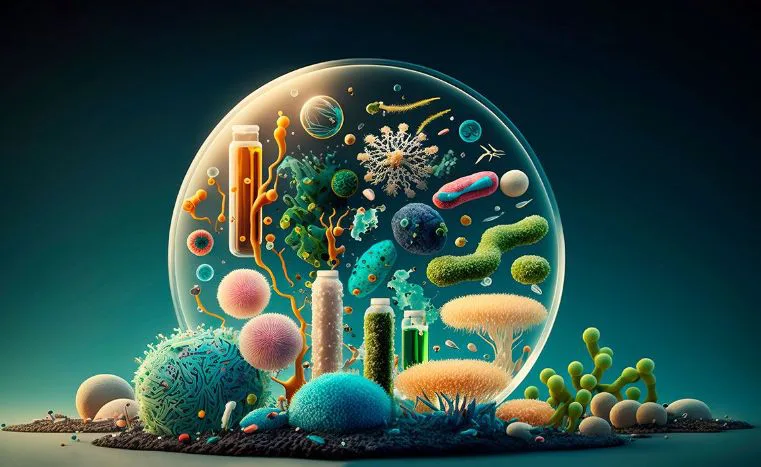
Is it fair to compare our ability to describe the world of microbial communities to looking into a room through the keyhole?
Yes, I think that’s fair. Maybe the different tools we have now allow us to look into the room through multiple keyholes from different vantage points. In many systems, I think the picture is coming into focus.
What are your other interests besides microbiology/ecology/biodiversity … reading, painting, gardening, skiing maybe?
I grew up in upstate New York and began playing ice hockey as a young child. I still enjoy this. I like listening to and playing music. I recently purchased a nice ukulele. I never read a lot of science fiction growing up, but am getting into this with my son.
Someone comes up to you and says, “I wanna be just like you. I want to be a Microbiologist”, what advice would you give?
Microbiology is fascinating to me because it is informed by and integrates so many disciplines: metabolism, genetics, ecology, environmental science, evolution, cell biology, geology, bioinformatics, oceanography, etc.
That is what I love about microbiology; making the connections across fields. It never gets dull.
If someone shared those views, I would recommend that they keep an open mind, and respect and learn from other fields (especially those outside the field of classical microbiology). Next generation life scientists interested in microbiology will still have to invest in learning the fundamentals, but also math and computational skills, along with other rapidly emerging technologies.
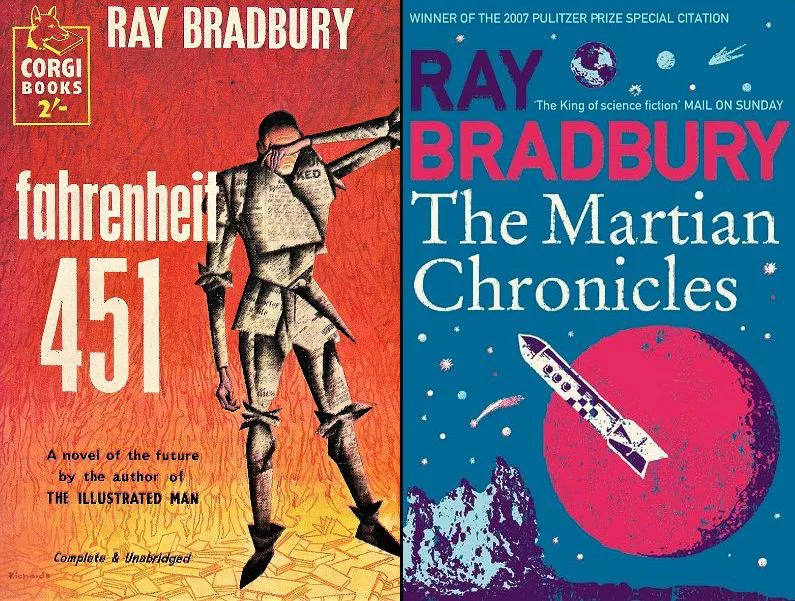
What books should I read in 2023?
I’ve been getting into science fiction. I’ve been going back to some of the classics, including:
- Isaac Asimov (The Caves of Steel; I,Robot) and
- Ray Bradbury (Fahrenheit 451, The Martian Chronicles).
These books are timeless and seem like they should be as relevant today as they were ~75 years ago. I’ve also been reading books by Neal Stephenson, including
- Anathem and
- Seven Eves
(Wow! Thank you, Dr. Lennon, it has been a real pleasure! Your work is truly an inspiration. We look forward to visit you again and see more of your innovative research. Till then, we wish you all the very best for your future endeavor.)



